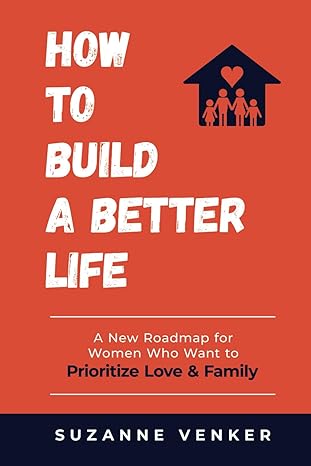
The Transition from Work to stay at home Mother and from Home to Work again
Fiona assumes the transition in a mature way. Indeed, after 15 years successful professional career, she wanted to parent her two children. She has grown in patience, organizational skills, negotiating tactics and giving energy adequately. The soft skills acquired at home.
Choosing to stay-at-home
I wish to state at the outset that I completely understand and respect women who want to go back to salaried work after having or adopting a child. I don’t believe that staying at home is best for all; it cannot be. To start with, deciding to become a full-time stay-at-home Mum assumes that we have a choice, that it is financially feasible and socially acceptable. Even within Europe, cultures and social welfare systems vary enormously from those where women are expected to be back at work 12 weeks after giving birth to others where it is frowned upon to leave your children in daycare before they are at least one year old.
In my case, I reluctantly went back to work when my first child was 6 months old, because I felt I had to try it. When I got pregnant with the second, I decided to stop. The pull to be with my children during those first years was (and is) too strong. I wanted to parent them, to get them through the various milestones myself. For me, 15 years at work was enough to stop without feeling like I was losing more than I could gain.
Being a stay-at-home Mum
After moving countries, I found myself at home with two children under two years. This period was intense—breastfeeding, getting to the playground (an unbelievable logistical challenge!), timing naps, changing nappies, handling tantrums, making the dinner, doing the shopping, and on and on—all in a sleep-deprived state. This is a full-time management role with a schedule and no days off!
I had anticipated that staying at home would be tough at times, but I could not have known just how much patience, organizational skills, negotiating tactics and energy are needed. And yet, I remember thinking during that first year that life was good. I was so relieved to be rid of the stress and pressure of my office jobs. Things that seemed insignificant turned out to be incredibly challenging, becoming sources of immense pride and personal achievement: when you succeed in teaching your baby to sleep and eat solids, or persuade your toddler to use the putty. The numerous other stay-at-home Mums I met offered a life-saving support network, backed up by an amazing array of activities for children. Also, I found that having constant demands made of me forced me to live in the present, rather than yearning for the past or dreaming of an unknown future.
The transition to stay-at-home, part-time Mum
This intense period was relatively short. Kindergarten came soon enough, followed by school. There is still a long way to go before my children grow up and leave the house, but my parenting job is becoming part-time and I am retraining, while maintaining the flexibility to step back in to Mum role when they are sick or during school holidays.




